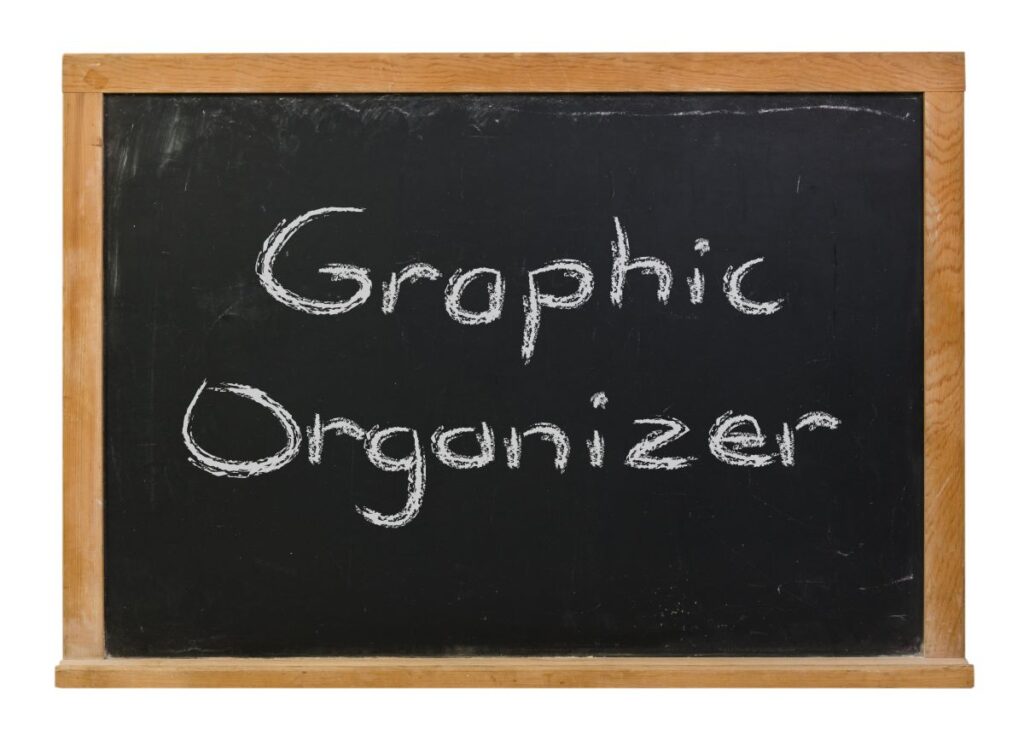In the realm of education, the integration of graphic organizers has proven to be an invaluable strategy for enhancing student learning. These visual tools serve as cognitive aids, allowing students to organize and process information effectively.
Whether used in elementary classrooms or higher education settings, graphic organizers have the potential to transform abstract concepts into comprehensible visual representations, thereby fostering a deeper understanding of the subject matter.
What Are Graphic Organizers?
Graphic organizers are visual representations that facilitate the structuring of information.
They can take various forms, such as mind maps, Venn diagrams, flow charts, and concept maps, each serving distinct purposes in the learning process.
These tools are designed to aid students in visualizing the relationships between different pieces of information, thereby promoting analytical thinking and comprehension.
The Importance of Graphic Organizers in Education
The application of graphic organizers in educational settings is supported by a wealth of research underscoring their effectiveness in enhancing student learning outcomes.
By providing a visual framework for information processing, graphic organizers help students synthesize information, identify patterns, and establish connections between concepts.
This visual approach not only aids in memory retention but also encourages critical thinking and problem-solving skills.
Types of Graphic Organizers
Understanding the various types of graphic organizers and their specific applications is crucial for educators seeking to implement these tools effectively in their teaching practices.
Mind Mapping
Mind mapping is a versatile graphic organizer that visually represents relationships between concepts.
It begins with a central idea, with related topics branching out in a hierarchical structure.
This method is particularly useful for brainstorming sessions, helping students explore a topic comprehensively by connecting ideas and identifying subtopics.
Venn Diagrams
Venn diagrams are effective tools for comparing and contrasting concepts. Consisting of overlapping circles, they visually depict similarities and differences between ideas or items.
This graphic organizer is instrumental in helping students develop comparative analysis skills and understand complex relationships.
Flow Charts
Flow charts are sequential graphic organizers that illustrate processes or steps in a procedure.
By providing a clear visual pathway, flow charts are invaluable for teaching procedural knowledge, such as scientific experiments or mathematical operations.
This type of organizer enhances students’ ability to understand and follow complex sequences.
Concept Maps
Concept maps are comprehensive graphic organizers that depict the relationships between multiple concepts within a particular domain.
They are ideal for organizing and synthesizing complex information, allowing students to see the big picture and understand how individual elements fit into a larger framework.
Implementing Graphic Organizers in the Classroom
To maximize the effectiveness of graphic organizers, educators must consider several factors when integrating these tools into their teaching practices.
Tailoring Graphic Organizers to Learning Objectives
Selecting the appropriate type of graphic organizer is contingent upon the specific learning objectives and the nature of the content being covered.
For instance, when teaching a scientific process, a flow chart may be more suitable, whereas a mind map might be ideal for exploring a broad topic in social studies.
Encouraging Active Engagement
Graphic organizers are most effective when students are actively engaged in their creation and use.
Teachers should help students make their organizers special. They can add notes, colors, and symbols that match how they learn best. This active involvement enhances comprehension and retention.
Integrating Technology
Incorporating digital tools and applications for creating graphic organizers can significantly enhance the learning experience.
Platforms such as Lucidchart, Coggle, and MindMeister offer interactive features that allow students to collaborate and share their organizers with peers, fostering a collaborative learning environment.
Benefits of Graphic Organizers for Diverse Learners
Graphic organizers offer a range of benefits that cater to the diverse needs of learners, making them an inclusive educational tool.
Supporting Visual Learners
Visual learners thrive when information is presented graphically.
Graphic organizers help by showing information visually. They match how people like to learn, making it easier to understand and remember things.
Aiding English Language Learners (ELLs)
For English language learners, graphic organizers serve as a bridge to understanding complex concepts and vocabulary.
By providing visual cues and context, these tools help ELLs grasp new information more effectively and participate in classroom discussions.
Assisting Students with Learning Disabilities
Graphic organizers are particularly beneficial for students with learning disabilities, such as dyslexia or attention deficit disorders.
The visual format helps these students organize their thoughts, reducing cognitive load and enabling them to focus on content comprehension.
Graphic organizers are a powerful educational tool that can significantly enhance student learning across diverse educational settings.
By enabling students to visualize relationships, organize information, and engage actively with content, graphic organizers foster a deeper understanding and retention of knowledge.
Educators who effectively integrate these tools into their teaching practices are well-equipped to meet the diverse needs of their students and facilitate meaningful learning experiences.
Incorporating graphic organizers into the curriculum not only supports academic achievement but also cultivates essential cognitive skills that students can carry with them beyond the classroom.
As such, graphic organizers are an indispensable component of effective teaching and learning strategies.
Educators never stop learning; check out our available graduate degree programs to hone your skills and promote lifelong learning and academic excellence.




